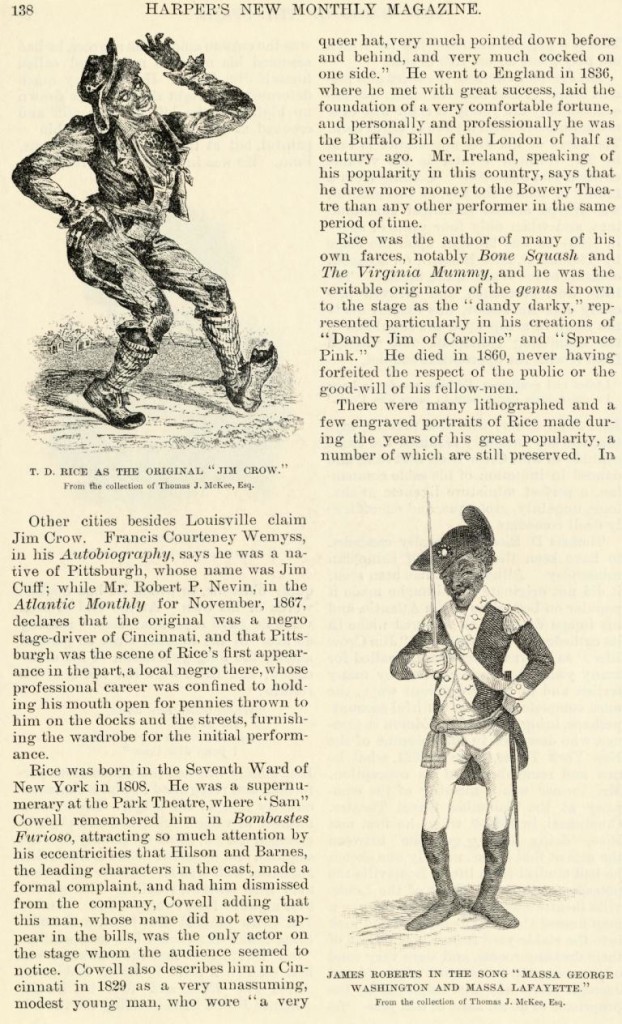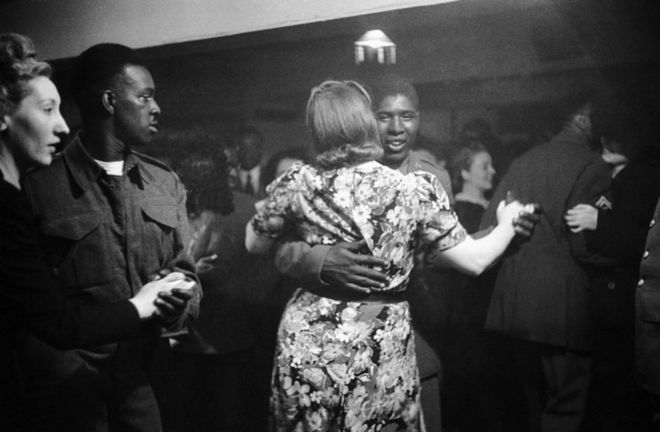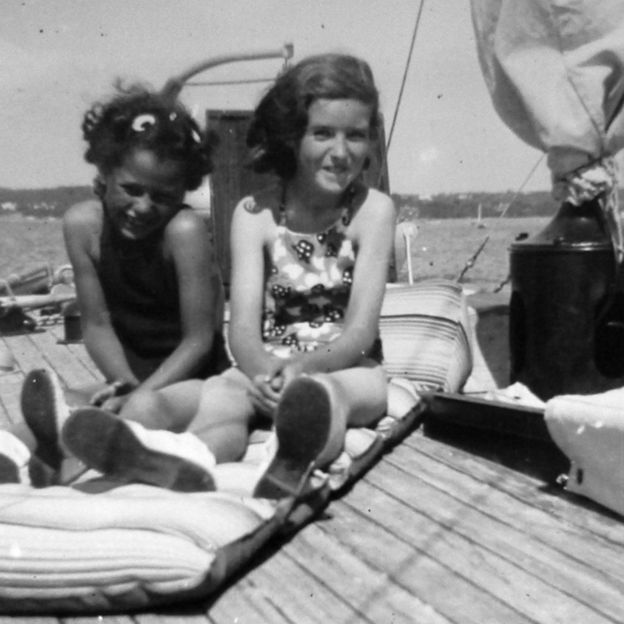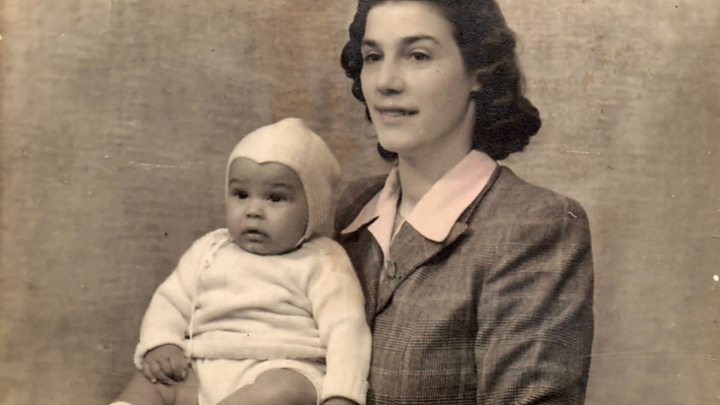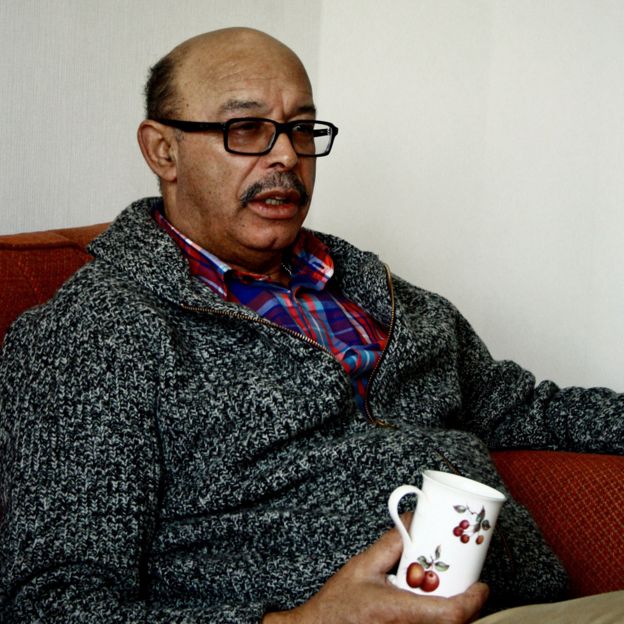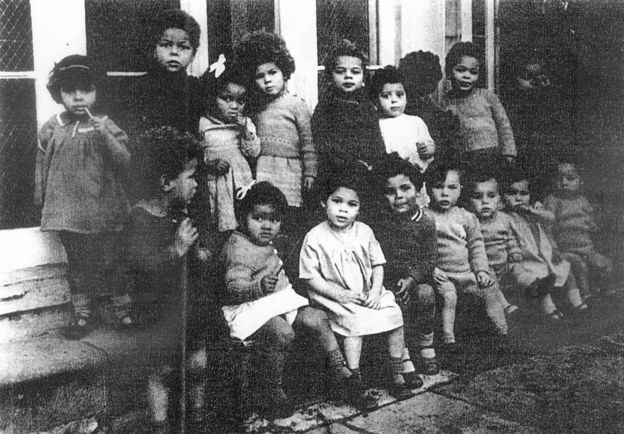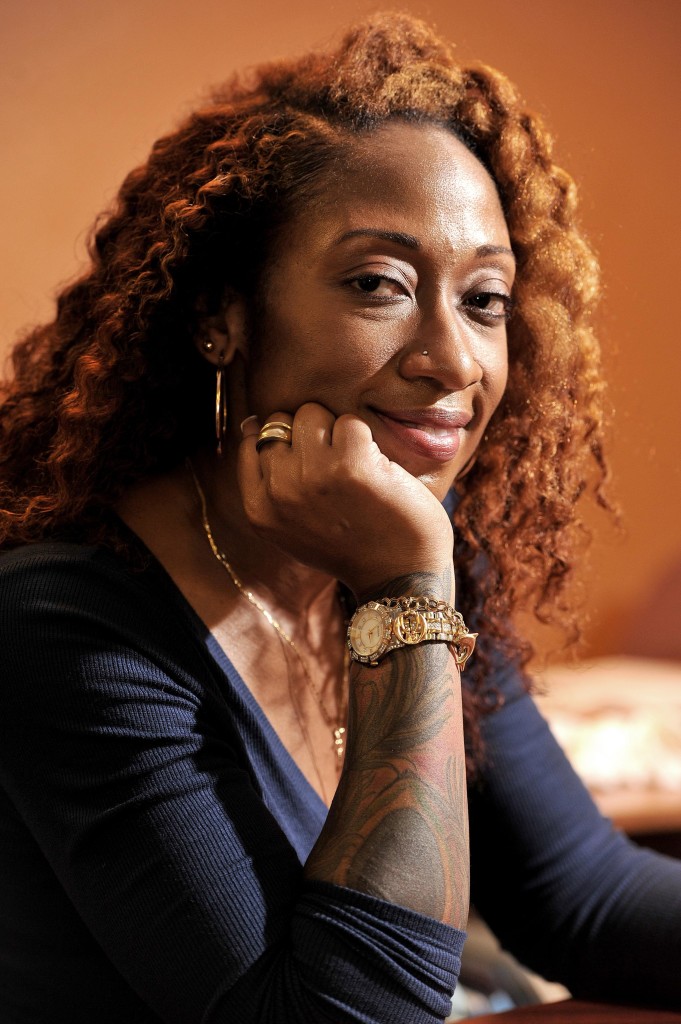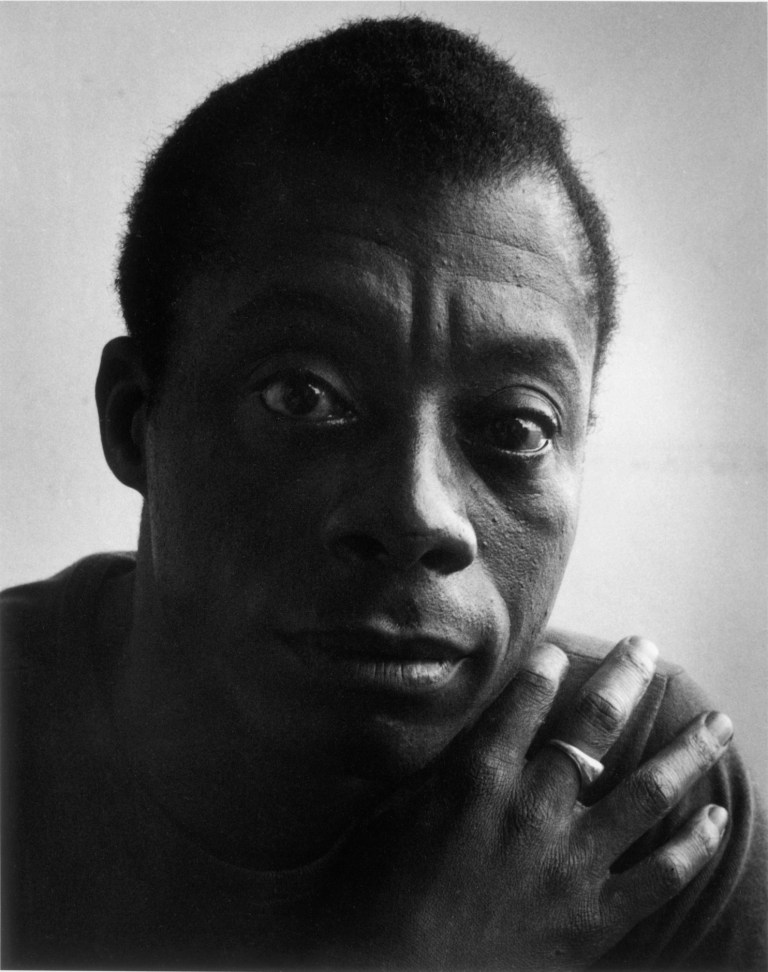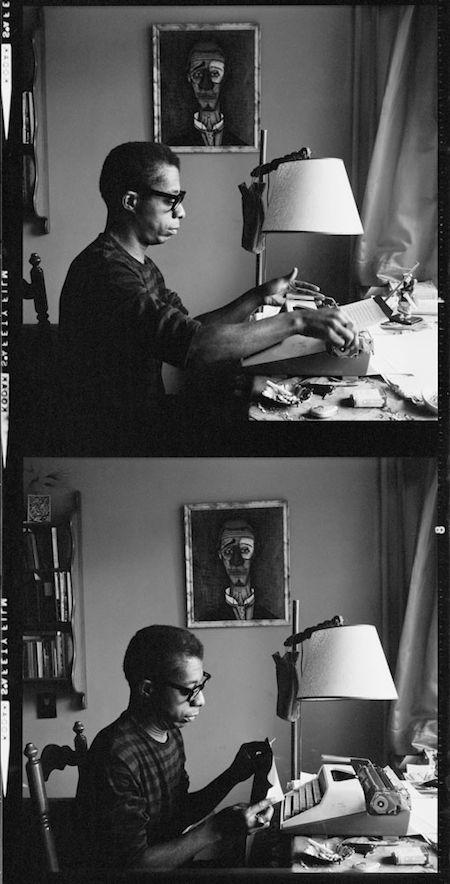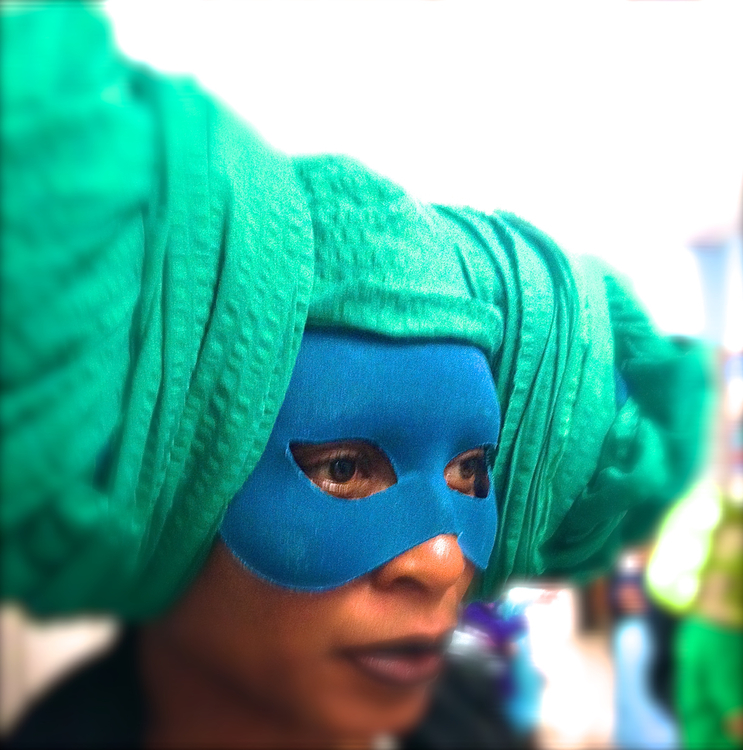GHOSTS
i have the smile of my great-grandmother seeing the end of slavery
& you have the hairline of an uncle/an aunt
who never pressed nor otherwise chemically altered their hair
only fools don’t intimately know ghosts,
the dna of humanity, leaping like porpoises slick out of the sea
and back into our walks, our mannerisms, the way we giggle
when nervous, blush when aroused, or spit fire words
in sputtering ocher anger facing back the cannibalism of capitalism
ghosts are
just spirits fluttering angel breaths thru our corpuscles
the wing hum of hummingbirds motivating us to sound
snatches of remembered songs, lyrics formerly unheard
in this lifetime, psychicly transmuted across eras,
mali melodies maintained, aural treasures from our undying befores
face east young people, face east
imagine each line in your hand an ancestor
how well do you know the thoroughness of yesterday,
the arching influence of the previous century, the retrograde
of rationality, so slow compared to the velocity
of history smashing into the protons of personality
imagine, your voice is the texture of sun yat sen singing
a freedom song, your social erectness the reincarnate posture
of sitting bull standing barefoot his clear eyes kissing dark earth,
imagine, your breath the aroma of emiliano zapata biting the bullet
of revolution and spitting fire on the butts of robber barons
and dark-faced overseers who are the psychological sons
of simon legree in their twisted brutality towards their own people,
the definance of your unsurrendering war stance could be ghana’s
yaa asantewa hurling up the west coast facing down british bullets
confident that the religion of resistance will always outlive
the technology of repression, you could be the heroics of history,
a phantasmagoria of sacred strugglers vivifying the surge
of timeless protoplasm which careens through your veins
and gives substance to the willfulness of your animated engagement
with the omnivorous enemies of the planet earth
ghosts are
sacred illuminations coloring our stratagems and meditations,
they are the realization of sanity, the moment we truly understand
just how wicked the west actually is, the translucent
lights on the front porches of our spirits beckoning, guiding our
soft footsteps on the path, heading back homeward bound
dancing into the social circle of our collective selves
ghosts remind us
each individual is more than one, a communal hope chest
of ancient dreams actualized in the present
i believe in ghosts, i do
because i would be soulless matter otherwise
i would be some french rationalist trying to intellectually manufacture
& market the focus of life as the ego of thought, would be
some compassionless corporate ceo with spiritual arthritis
uninformed by the blessings of sharing, while pretending
that material possessions elevate morality as if you are what you own
rather than are what you do/be in relation to others and the world
ghosts
do not like vaults and crypts, nor fences and forts
real ghosts prefer sensitive personalities and wild open spaces,
every time we inhale a leaf shakes,
a tree or a weed offers us breath
give thanks to the grass for our daily inhalations
i am not a mystic
but i know there are ghosts
in the fecund topsoil which progress
callously covers with concrete,
i understand the reality that dust and dirt are airborne bones
pulverized by time into tiny particles
a rose by any other name is still the collected essence
of our forebearers grown through the life cycle into a fragrant state
of petal soft beauty on a bud whose shape is nature’s re-creation
of the vaginal portal, whose redness is an honoring
of feminine life force and the blood value of matriarchy
if you do not believe in ghosts
where do you think your spirit will be
when the corporeal temple of your familiar
crumbles into seemingly insignificant pebbles of peat, or
when your temporal sanctuary dehydrates
once disconnected from the moisturizing of life’s cosmic juice,
when the way station of your flesh altar no longer receives offerings
& when you revert to what you were before your human being
was conceived and made flesh via the union of your parents,
won’t you be a ghost then?
there are literally millions of lives in your little finger
the karma of colonialism will not be undone
not unless and until the ghosts that reside
in the hosts of color worldwide can find a culture
which resonates daily contentment,
there will be no end to the wandering search for the promised land
unless and until ghosts can live
inside the wholeness of beating hearts synchronized
in embracement, respecting the healing touch
of every manifestation of life no matter how small, obscure,
or ostensibly insignificant,
no calming the tempest,
no mediation of the disruption of our heritage
not unless and until ghosts can emigrate
into a peace filled community of souls such as we
ought to be, vessels of awareness, responsible in our openness
to offer wholesome residences for the motion flow
of history seeking future,
there will always be a wailing issuing out our mouths
unless and until ghosts can live and
comfortably reside, live, and rest inside, rest
in peace, rest in us
ghosts
peace
ghosts
rest
ghosts
in
ghosts
peace
ghosts
rest
ghosts
in
ghosts
us
—kalamu ya salaam
______________________
Kalamu ya Salaam – vocals
Stephan Richter – bass clarinet
Wolfi Schlick – tenor & reeds
Frank Bruckner – guitar
Roland HH Biswurm – drums
Recorded: May 31, 1998 – Munich, Germany




